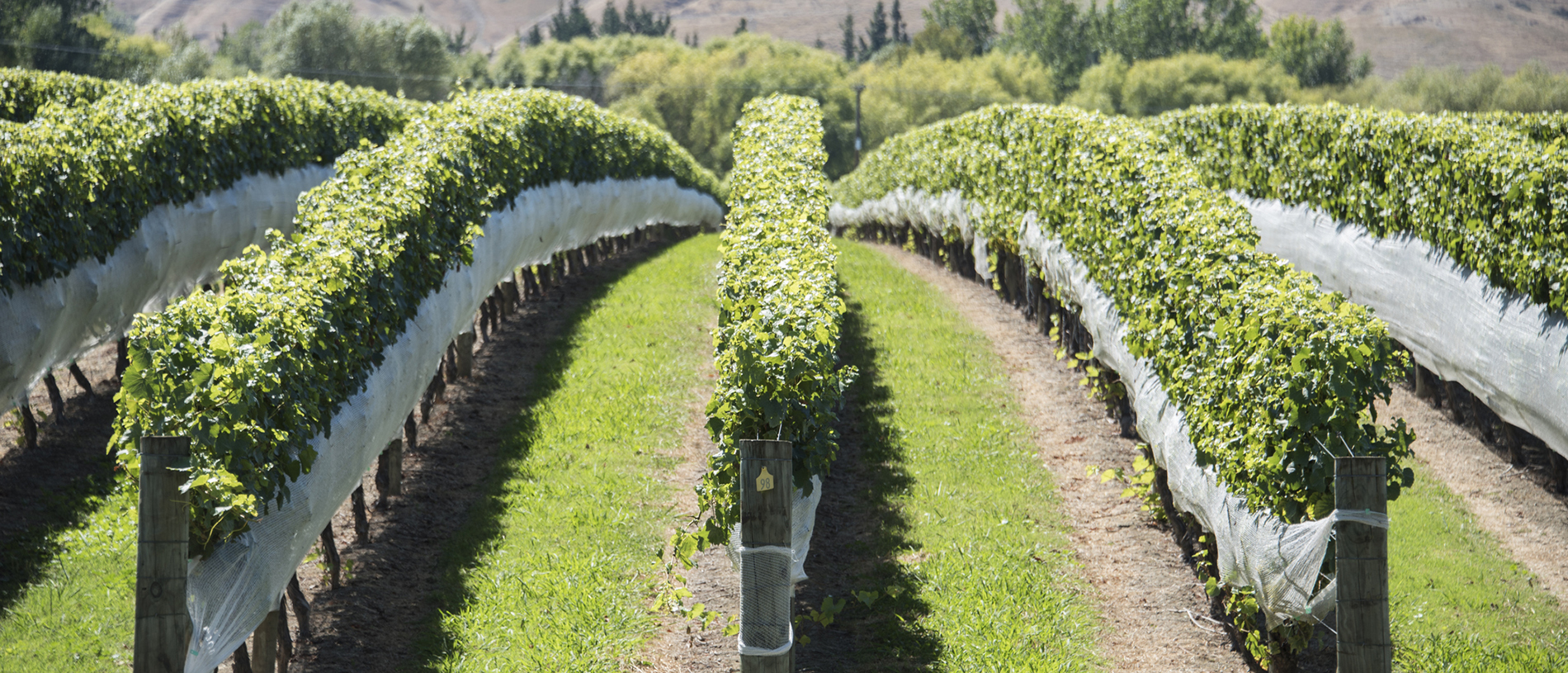
Hawke’s Bay Wine Trails
In the Hawke’s Bay wineries seem to loom up at every beautiful turn: glimpsed behind ancient stone gateposts, or boldly front and centre, architecturally announcing their vinous delights.

Though a multi-day cycling tour has its perils (bike shorts are highly recommended), what it offers in return is a chance to see a popular destination at a more human pace than cars allow.
On the ground, you discover the detail that makes a region come alive. Like the realisation on day one of our three-day Hawke’s Bay cycle trip that the land we’re on was once underwater.
Before February 3, 1931, Napier’s small centre was hemmed in by Ahuriri Lagoon, rich with all manner of seafood. But when the magnitude 7.8 earthquake hit, the lagoon was pushed up nearly two metres, leaving fish to rot – apparently, the smell was quite something. The land was gradually reclaimed, and today it’s home to farmland, housing and wetlands.
High tide on a cloudless day is quiet – there’s more chance of seeing birds at low tide and first thing in the morning. The early worm catches the bird, it appears. We engage in competitive ornithology, searching for black swans, pied stilts and royal spoonbills. Instead, we see shags and white-faced herons. A murmuration of starlings rises from the sedge, swarming in a curving, sinuous mass.
Hawke’s Bay is top cycling country: four themed trails are wonderfully wide, mostly off-road and well signposted. Locals use them enthusiastically and happily help visitors. One truck driver even stops in the middle of the road to set us right.
We wind through Taradale to Ōtatara Pa Historic Reserve, one of New Zealand’s largest pā complexes. Settled more than 500 years ago, the steep slopes were coveted for their defensive value and access to wetlands for food, water, weaving materials and transport. Many died here in battles, so the reserve is tapu, though you can still explore various trails.
It’s 31 degrees. We head up Tūtaekurī River towards Puketapu cycling on top of a stopbank that’s exposed to the relentless sun. A long-sleeved cycling top to is helping me avoid sunburn, but I’m dangerously close to overheating. The path goes on forever. The chocolate in my pannier is melting.
After what seems like the length of the Nile, but is in fact only about 8km, we turn to ride back along the river’s south side and find a small swimming hole. A family has set up a picnic and portable stereo. Teenagers clamber up the bank to jump, turning flips and bombing.
I fall into the cool water, speechless with relief. We drift, half-listening to divers egging each other on and teenage chatter. ‘What’s the Time, Mr Wolf?’ by Southside of Bombay comes on the stereo and suddenly we feel an overwhelming sense of being Kiwi; of belonging in this country.
Day two’s goal is the vineyards of Gimblett Gravels and the Bridge Pa Triangle. Overnight rain has dampened the sunbaked hills; we pass orchards laden with apples, pears, more apples, stone fruit. There are also furrows and furrows of uprooted onions: New Zealand’s highest-value export vegetable perfumes the air with an unexpected sweetness.
Through a mile-long avenue of oak trees through Flaxmere, the wine tastings draw nearer. The first cellar door on Ngatarawa Road is… closed.
“Que syrah, syrah,” I warble.
The pop, pop of scare guns echoes as we cruise between vineyards. This is a nervous time of year: keeping greedy birds at bay is one matter, but winemakers also know one nasty frost could annihilate grapes so close to harvest.
Our final day dawns cloudy, and we head from Havelock North towards the coast atop the Tuki Tuki River’s stopbanks. These are part of the region’s safety net, protecting the low-lying Heretaunga and Ruataniwha plains from flooding. We’re away from the traffic up here, soaking in the rural peace.
At the coast, the path winds through wetlands. Horses stretch their legs on the stony beach and Cape Kidnappers stretches out to sea.
Upon arriving at Zeppelin Café in Clive, one of the kitchen staff pops his head out the window: “We’ll keep an eye on your bikes.”
Another staff member joins in. “Oh, but we nick all the good ones!”
Maybe it’s because it’s summer, but everyone seems so very happy to be here. We meet ‘refugees’ from Auckland and locals who visit big cities just often enough to remind them they’re happy here. One waiter says he found Napier too small after years in London, but just after he decided to move to Wellington, the region really started booming.
The final stretch heads along Marine Parade into Deco-clad Napier, past the port and back to the rejuvenating suburb of Ahuriri where we began. There’s nothing so much fun as messing around on bikes.
Story by Mary de Ruyter.